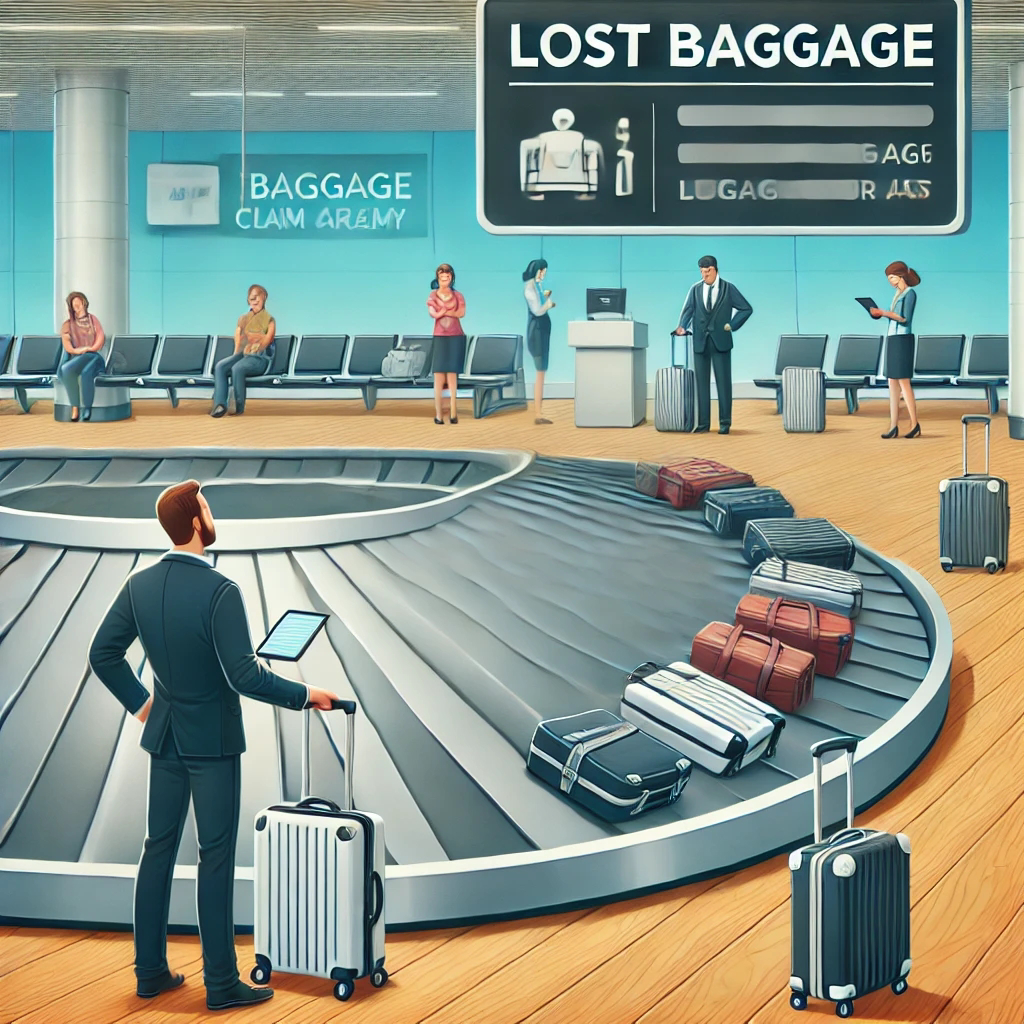A Day in the Life of a Pilot: Behind the Cockpit Doors
Being a pilot is one of the most fascinating and demanding professions in the world. From early morning briefings to navigating thousands of feet above the earth, every day brings new challenges and adventures. But what exactly does a pilot’s day look like? Let’s step into the cockpit and experience a typical day in the life of a commercial airline pilot.
4:30 AM – Wake-Up Call and Pre-Flight Preparation
Pilots often wake up hours before departure to ensure they are well-rested and prepared. A quick review of flight schedules, weather reports, and route briefings is essential before heading to the airport.
6:00 AM – Arriving at the Airport
Upon arrival at the airport, pilots proceed to the crew briefing room, where they:
Review weather conditions and alternate airports.
Go over the flight plan with the co-pilot and crew.
Check fuel requirements and any special passenger or cargo considerations.
6:45 AM – Pre-Flight Checks
Pilots head to the aircraft for a walk-around inspection, ensuring:
✔️ The exterior is free from damage.
✔️ All control surfaces are functioning.
✔️ Fuel and hydraulic levels are sufficient.
Inside the cockpit, the pilot and co-pilot run through a detailed checklist, setting up the avionics, flight management system, and verifying all instruments are in order.
7:30 AM – Takeoff and Climbing to Cruising Altitude
Once all passengers are boarded and clearance is received from Air Traffic Control (ATC), the plane taxis to the runway.
🛫 Takeoff begins! Pilots control the throttle and smoothly lift the aircraft into the sky, following the pre-determined departure route.
At around 35,000 feet, the plane reaches cruising altitude. Pilots engage autopilot, but they constantly monitor systems, adjust for weather changes, and stay in communication with ATC.
Mid-Flight – Managing the Journey
During the flight, pilots:
✈️ Monitor instruments, fuel levels, and weather updates.
📡 Stay in contact with ATC for any rerouting instructions.
☕ Take brief meal breaks while the co-pilot manages controls.
Though autopilot handles most of the cruising phase, pilots must be alert at all times for potential turbulence, weather changes, or emergencies.
Landing – The Most Critical Phase
As the destination approaches, pilots gradually descend, communicating with ATC and preparing for landing.
🛬 Landing requires precision and skill. Pilots adjust speed, deploy landing gear, and align with the runway. Smooth landings are the result of years of training and experience.
Once the plane touches down, the pilots taxi to the gate, shut down engines, and oversee passenger disembarkation
Post-Flight Duties and Rest
After passengers leave, pilots:
Complete flight reports and note any technical issues.
Debrief with the crew on flight performance.
Rest and prepare for the next flight, which could be in just a few hours or the following day.
So now you can tell that a pilot’s day is full of precision, responsibility, and excitement. From navigating the skies to ensuring passenger safety, the job is demanding but rewarding. The next time you board a flight, take a moment to appreciate the incredible work pilots do to make air travel safe and efficient.




Comments
Post a Comment